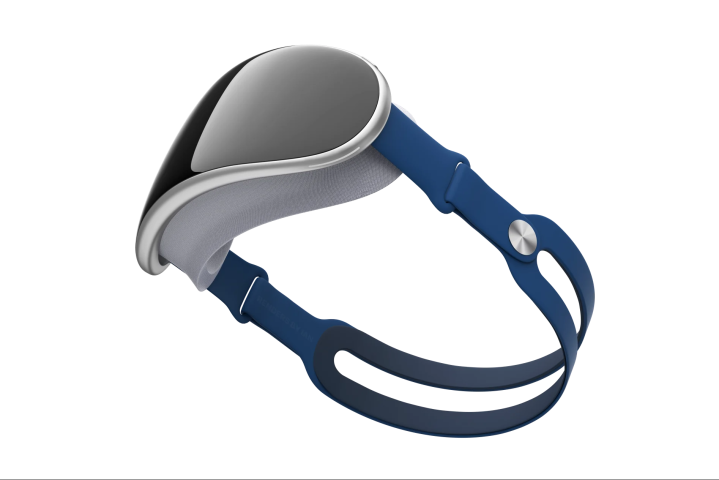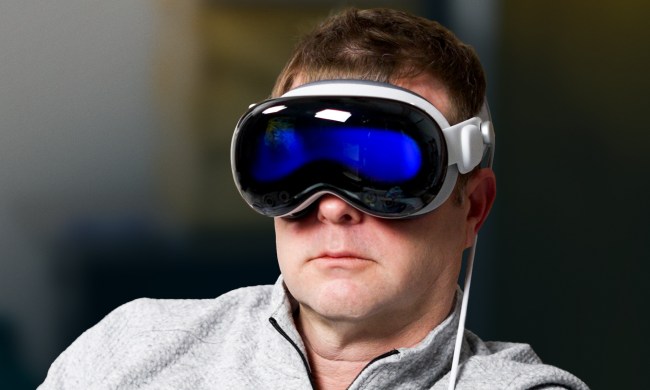A new report reveals several interesting details about Apple’s AR/VR headset, which is expected to arrive in 2023. Apple remains silent on this product, but there have been enough patents filed, as well as leaks, to provide confirmation that the iPhone maker has done intensive research into the first of several AR wearables.
The latest news comes from The Information, which has provided some of the most detailed data of any leaker so far. The headset was already expected to be incredibly lightweight, which could be due to the battery being worn around the waist, as explained in the report. Apple’s VR solution is said to feature a hot-swap design for the battery that would make the reported one-to-two-hour battery life less annoying.

Being an Apple product, the list of materials — aluminum, carbon fiber, and glass — isn’t surprising. The field of view is rumored to be 120 degrees, which would surpass most VR headsets, and a very high-resolution display with thin optics is also expected. Speakers could be built into the headband, but apparently, an H2 chip might be included to provide ultra-low latency connection to Apple’s AirPods Pro 2.
A color passthrough is a given since Apple CEO Tim Cook has been emphatic about his support for AR as the technology of the future. Switching to a mixed reality view will reportedly be done by rotating a Digital Crown that’s similar to the control found on the Apple Watch and AirPods Max.
Among the most interesting details of the report is the claim that iOS apps will be able to run in Apple’s AR/VR headset in a two-dimensional view. If true, this would offer instant access to a huge number of apps to provide more value while developers create apps specifically for the new headset.
Apps will eventually be built with Apple’s Reality Kit software but the hugely popular Unity developers kit might also be supported. Getting enough apps to justify the rumored $2,000 to $3,000 price of the Apple Reality headset might be difficult since this would be Apple’s first VR headset.



